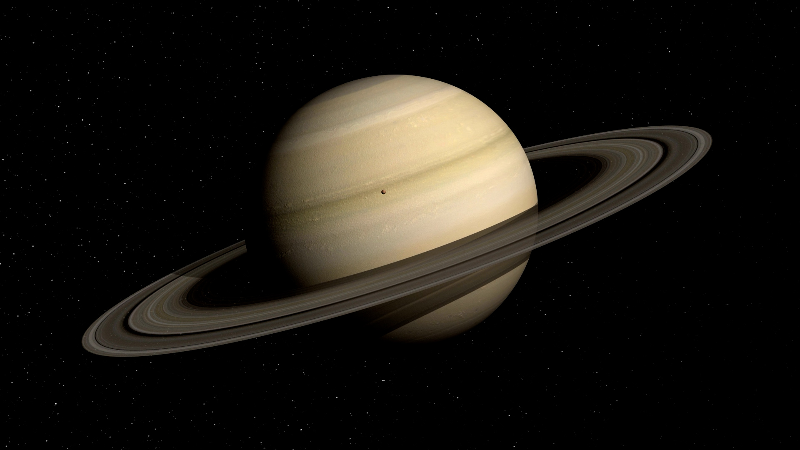A partial lunar eclipse coincides with this week’s Harvest Moon, which also happens to be an exceptionally bright and large supermoon.

Top astronomy events for September 2024
From a close encounter with Saturn to the changing of the seasons, here are the most important astronomy events in September 2024.
Although full moons occur with some regularity, you should definitely not miss the full moon in September.
When the Harvest Moon rises on the horizon this week, viewers will be treated not only to an exceptionally large and bright supermoon, but also—on Tuesday only—a partial lunar eclipse. As the moon rises around sunset in the Northern Hemisphere, it will be partially obscured by Earth’s shadow as our planet passes between our natural satellite and the sun.
Find out when and where you can see the lunar eclipse.
What is a partial lunar eclipse? What you should know about the spectacular sight in the USA
When is the partial lunar eclipse?
According to NASA, the moon will enter Earth’s partial shadow at 8:41 p.m. EDT, but it’s the peak of the eclipse that viewers will want to witness. While the moon will dim slightly around 10:13 p.m., the peak itself will be reached at 10:44 p.m.
At that time, a dark shadow will appear on top of the moon, gradually covering about 8% of it before receding. The moon will exit the full shadow at 11:16 p.m. and the partial shadow early Wednesday morning at 12:47 a.m., NASA said.
Timeanddate.com offers a detailed schedule of the solar eclipse for every location on Earth.
Where will the partial lunar eclipse be visible?
The visually stunning celestial phenomenon only occurs during a full moon. Lunar eclipses are relatively rare, but when they do occur, they are visible to half of the Earth. During this eclipse, the Northern Hemisphere will be treated to a view, including all of North America (except Alaska). For residents of the United States, that means all 48 states in the south of the country should be able to see it.
The eclipse will also be visible in South America, Greenland, Europe, Africa and most of the Middle East.
What is a lunar eclipse?
A lunar eclipse occurs when the Earth moves between the Sun and the Moon.
During a total lunar eclipse, the moon moves into the inner part of the Earth’s shadow, the umbra, which can turn the moon’s surface a striking red for several hours, according to NASA. This week, these three celestial bodies are not perfectly aligned, resulting in a partial lunar eclipse because the Earth’s shadow falls on the moon’s surface but does not completely cover it.
To make the celestial event even more spectacular, this week’s moon is a supermoon, occurring when the full moon coincides with the satellite’s closest approach to Earth in its elliptical orbit.
Contributor: Doyle Rice, USA TODAY
Eric Lagatta covers breaking and trending news for USA TODAY. Reach him at [email protected]

